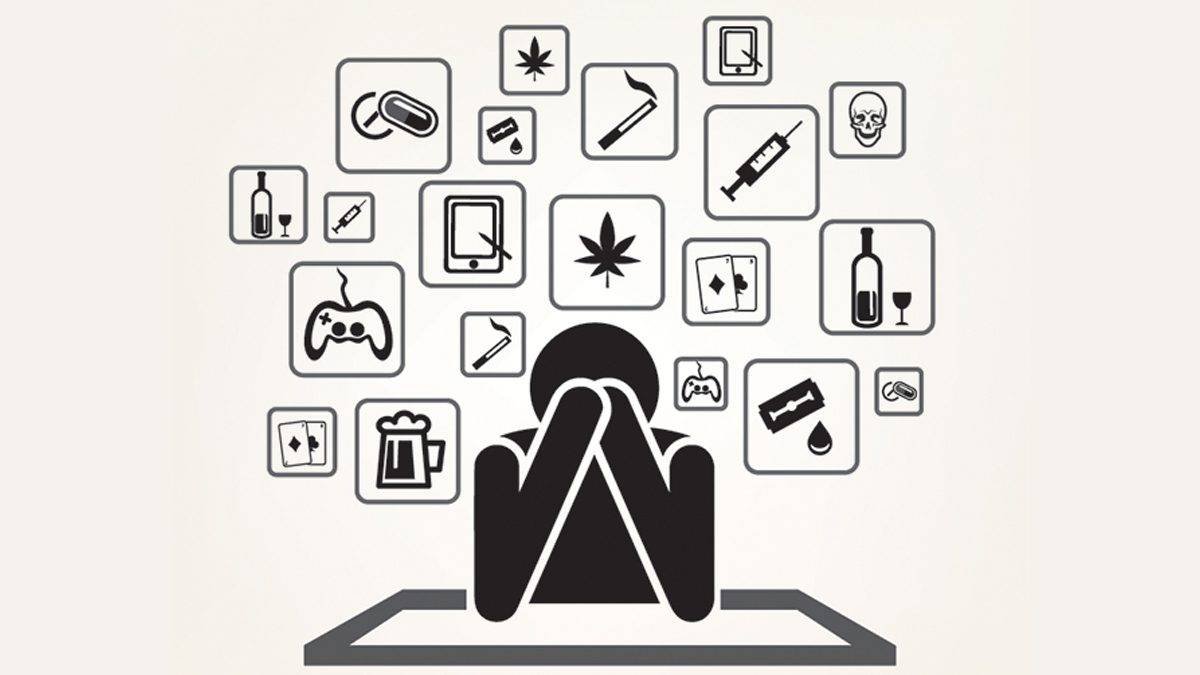How to Recognize Addiction in Your Life
Drawing from research on addiction in neuroscience, psychology, and clinical practice, here are ten behavioral patterns commonly associated with addiction. Identifying these patterns can be the first step toward understanding and overcoming addictive tendencies.
1. Unsuccessful Attempts to Quit
Addicts often express a desire to quit but struggle to follow through. Short-term abstinence is common, but long-term relapse rates are high. As Mark Twain famously remarked about quitting smoking: “It’s easy. I’ve done it a thousand times.”
2. Cue-Triggered Relapse
Environmental cues linked to substance use trigger cravings in addicts. For example, familiar sights or sounds, like clinking ice cubes, can lead to relapse. Returning to old environments or experiencing stress after rehab significantly increases the risk of falling back into addiction.
3. Loss of Control
Loss of control means acting against the decision to abstain—for example, consuming dessert after deciding to avoid sweets. Addicts often experience intense guilt or self-loathing. Programs like Alcoholics Anonymous begin with the admission: “We are powerless over alcohol—our lives have become unmanageable.”
4. Desire Without Pleasure
Many addicts continue their behavior despite reporting little or no enjoyment. For instance, some smokers hate smoking but cannot stop, highlighting the compulsion that characterizes addiction.
5. Staying Vigilant
Addiction has no permanent cure. Long-term recovery requires cognitive control and strategies to avoid triggers. Support groups like AA offer a relapse-free environment for ongoing reinforcement, even after years of sobriety.
6. Cross-Addiction
Addiction often shifts from one behavior to another. Some individuals replace substance use with compulsive gambling, work, or sex to manage emotional emptiness and anxiety.
7. Self-Medication
The self-medication theory suggests that poor emotional regulation leads some individuals to use substances to cope with distress. People with traumatic childhood experiences often struggle with emotional control, increasing their addiction risk.
8. Genetic Vulnerability
Genetic predisposition plays a significant role in addiction. Children of alcoholics have a higher risk of addiction and tend to exhibit impulsive behavior. While some people stop after two drinks, those with genetic vulnerabilities may find it difficult to stop after several.
9. Substance Abuse vs. Addiction
Substance abusers may eventually lose control, crossing a line where brain circuitry changes irreversibly. Like a pickle can’t become a cucumber again, once casual use becomes compulsive, recovery requires significant effort and support.
10. Behavioral Addictions
Addiction isn’t limited to substances. Behaviors reinforced by rewards—like gaming, shopping, or internet use—can also become addictive. Operant conditioning drives individuals to repeat behaviors that temporarily reduce distress.
By recognizing these patterns, individuals can take proactive steps to seek help and prevent addiction from progressing. Professional treatment, education, and self-awareness are key to long-term recovery. At Willing Ways, we focus on empowering individuals with evidence-based strategies to lead addiction-free lives.

